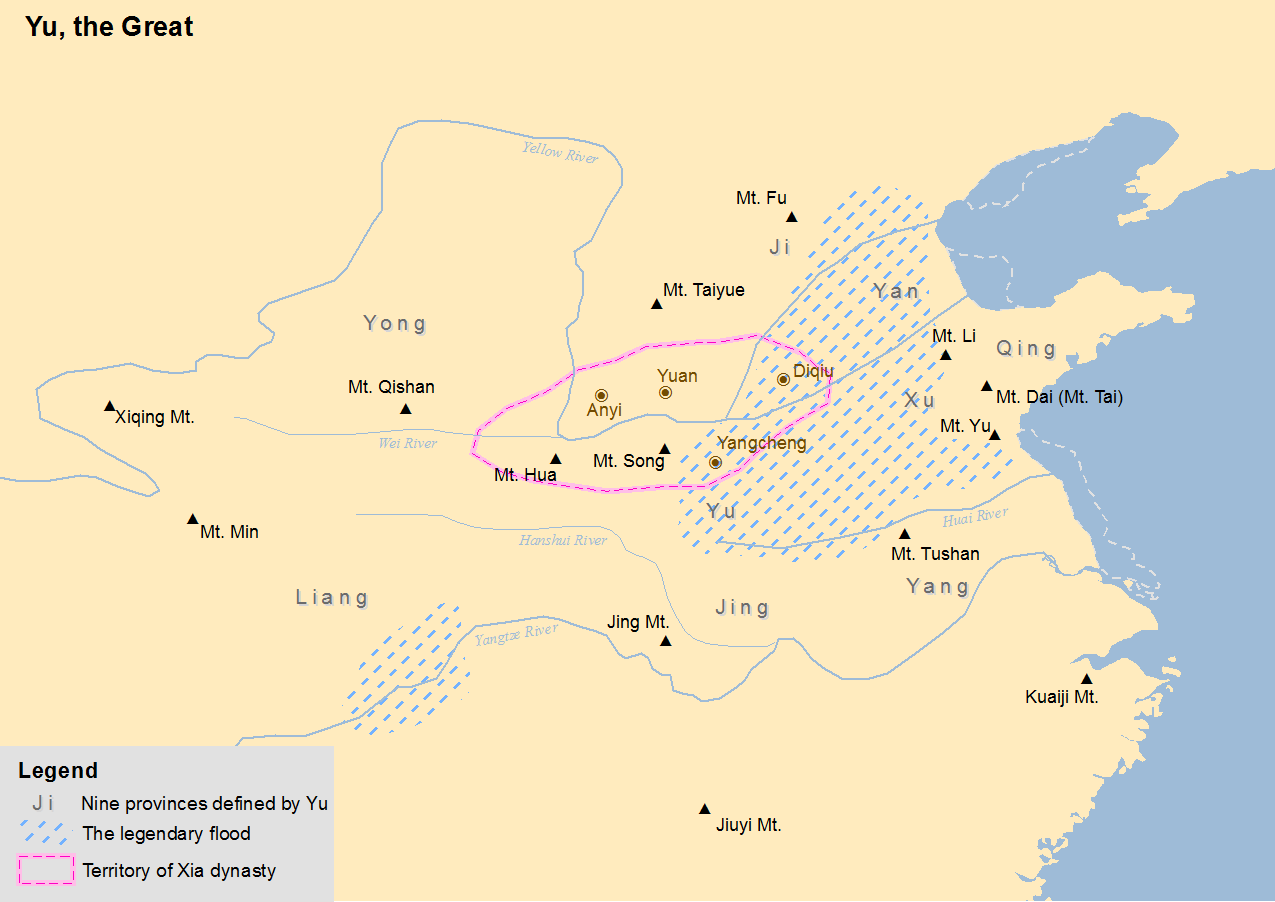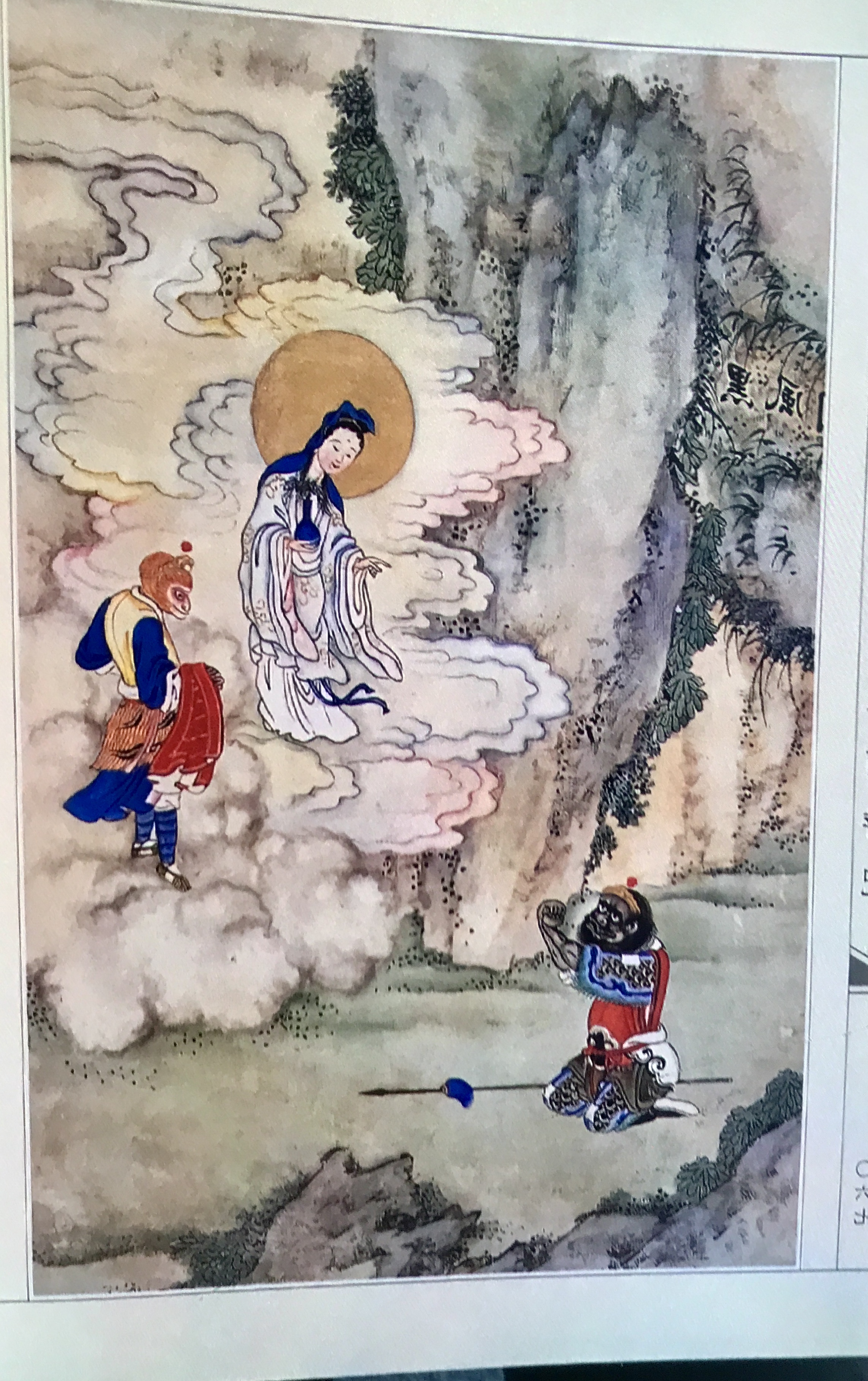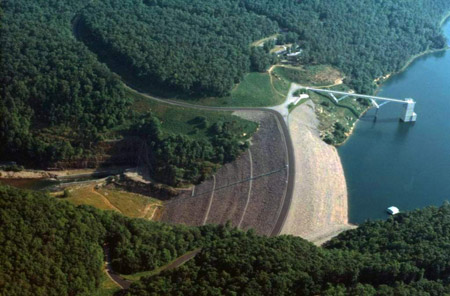|
Xirang
''Xirang'' () was a magical soil in Chinese mythology with the ability to self-expand and grow continuously. Its properties made it particularly effective for use by Gun and Yu the Great in fighting the rising waters of the Great Flood. Etymology This Chinese word compounds ''xí'' "breathe; cease; rest; grow; multiply" and ''rǎng'' "soil; earth". Noting similarities with earth-diver creation myths, Anne Birrell translates ''xirang'' as "self-renewing soil", and compares other translations of "breathing earth" (Wolfram Eberhard), "swelling mold" ( Derk Bodde), "idle soil" (Roger Greatrex), and "living earth" or "breathing earth" (Rémi Mathieu)., p. 80 Mythology In some versions of the myths, Gun stole the xirang from the Shangdi, who sent the deity Zhu Rong to execute him in punishment, on Feather Mountain. According to some accounts, Yu, on the other hand, went up to Heaven. After begging Shangdi, he received from him a gift of as much xirang as his magical black tortoise c ... [...More Info...] [...Related Items...] OR: [Wikipedia] [Google] [Baidu] |
Great Flood (China)
The Great Flood of Gun-Yu, also known as the Gun-Yu myth,. was a major flood in ancient China that allegedly continued for at least two generations, which resulted in great population displacements among other disasters, such as storms and famine. People left their homes to live on the high hills and mountains, or nest on the trees. According to mythological and historical sources, it is traditionally dated to the third millennium BCE, or about 2300–2200 BCE, during the reign of Emperor Yao. However, archaeological evidence of an outburst flood at Jishi Gorge on the Yellow River, comparable to similar severe events in the world in the past 10,000 years, has been dated to about 1920 BCE (a few centuries later than the traditional beginning of the Xia dynasty which came after Emperors Shun and Yao), and is suggested to have been the basis for the myth.. Treated either historically or mythologically, the story of the Great Flood and the heroic attempts of the various human ch ... [...More Info...] [...Related Items...] OR: [Wikipedia] [Google] [Baidu] |
Chinese Mythology
Chinese mythology () is mythology that has been passed down in oral form or recorded in literature throughout the area now known as Greater China. Chinese mythology encompasses a diverse array of myths derived from regional and cultural traditions. Populated with engaging narratives featuring extraordinary individuals and beings endowed with magical powers, these stories often unfold in fantastical mythological realms or historical epochs. Similar to numerous other mythologies, Chinese mythology has historically been regarded, at least partially, as a factual record of the past. Along with Chinese folklore, Chinese mythology forms an important part of Chinese folk religion and Taoism, especially older popular forms of it. Many narratives recounting characters and events from ancient times exhibit a dual tradition: one that presents a more historicized or euhemerized interpretation, and another that offers a more mythological perspective. Numerous myths delve into the creation ... [...More Info...] [...Related Items...] OR: [Wikipedia] [Google] [Baidu] |
Yu The Great
Yu the Great or Yu the Engineer was a legendary king in ancient China who was credited with "the first successful state efforts at flood control", his establishment of the Xia dynasty, which inaugurated Dynasties in Chinese history, dynastic rule in China, and for his upright moral character. He figures prominently in the Chinese legend titled "Great Yu Controls the Waters" (). Yu and other sage-kings of ancient China were lauded for their virtues and morals by Confucius and other Chinese teachers. He is one of the few Chinese monarchs who is posthumously honored with the epithet "the Great". There is no contemporary evidence of Yu's existence as traditionally attested in the ''Shiji''. Yu is said to have ruled as sage-king during the late 3rd millennium BC, which predates the oracle bone script used during the late Shang dynasty—the oldest known form of writing in China—by nearly a millennium. Yu's name was not inscribed on any artifacts which were produced during the ... [...More Info...] [...Related Items...] OR: [Wikipedia] [Google] [Baidu] |
Creation Myth
A creation myth or cosmogonic myth is a type of cosmogony, a symbolic narrative of how the world began and how people first came to inhabit it., "Creation myths are symbolic stories describing how the universe and its inhabitants came to be. Creation myths develop through oral traditions and therefore typically have multiple versions." While in popular usage the term ''myth'' often refers to false or fanciful stories, members of cultures often ascribe varying degrees of truth to their creation myths. In the society in which it is told, a creation myth is usually regarded as conveying profound truthsmetaphorically, symbolically, historically, or literally. They are commonly, although not always, considered cosmogonical mythsthat is, they describe the ordering of the cosmos from a state of chaos or amorphousness. Creation myths often share several features. They often are considered sacred accounts and can be found in nearly all known religious traditions. They are all storie ... [...More Info...] [...Related Items...] OR: [Wikipedia] [Google] [Baidu] |
Zhu Rong (god)
Zhurong (), also known as Chongli (), is an important personage in Chinese mythology and Chinese folk religion. According to the ''Huainanzi'' and the philosophical texts of Mozi and his followers, Zhurong is a god of fire and of the south. The '' Classic of Mountains and Seas'' gives alternative genealogies for Zhurong, including descent from both the Yan Emperor and Yellow Emperor. However, it is recorded in the suspicious part of and that were written last. Some sources associate Zhurong with some of the principal early and ancient myths of China, such as those of Nüwa ( Nüwa Mends the Heavens), Gonggong, and the Great Flood. Chinese mythology has in the past been believed to be, at least in part, a factual recording of history. Thus, in the study of historical Chinese culture, many of the stories that have been told regarding characters and events which have been written or told of the distant past have a double tradition: one tradition which presents a more historici ... [...More Info...] [...Related Items...] OR: [Wikipedia] [Google] [Baidu] |
Gun (Chinese Mythology)
Gun (, lit. "big fish"), also known as Count of Chong (), is a figure in Chinese mythology, sometimes noted as the father of Yu the Great, the founder of the Xia dynasty. Gun was appointed to the task of controlling the Great Flood by Emperor Yao on the advice of the Four Mountains. Gun used dykes to try to stop the flooding but the dykes collapsed, killing many people. In mythology According to Sima Qian's Records of the Grand Historian, Gun's father was Zhuanxu, grandfather was Changyi, and great-grandfather was the Yellow Emperor, Changyi & Gun being mere officials, not emperors. Book of Han, quoting Lord Yu Imperial Lineage, stated that Gun was a five-generation-descendant of Zhuanxu. The Classic of Mountains and Seas stated that Gun (also known as "White Horse" Báimǎ) was the son of Luómíng (駱明), who in turn was the son of the Yellow Emperor. Also in many versions of the mythology, Gun appears as a demi-god. In legends, he even discovered some of the secrets of the ... [...More Info...] [...Related Items...] OR: [Wikipedia] [Google] [Baidu] |
Small-scale Agriculture
A smallholding or smallholder is a small farm operating under a small-scale agriculture model. Definitions vary widely for what constitutes a smallholder or small-scale farm, including factors such as size, food production technique or technology, involvement of family in labor and economic impact. There are an estimated 500 million smallholder farms in developing countries of the world alone, supporting almost two billion people. Smallholdings are usually farms supporting a single family with a mixture of cash crops and subsistence farming. As a country becomes more affluent, smallholdings may not be self-sufficient. Still, they may be valued for providing supplemental sustenance, recreation, and general rural lifestyle appreciation (often as hobby farms). As the sustainable food and local food movements grow in affluent countries, some of these smallholdings are gaining increased economic viability in the developed world as well. Small-scale agriculture is often in tension w ... [...More Info...] [...Related Items...] OR: [Wikipedia] [Google] [Baidu] |
Yaoguai
Yaoguai ( zh, 妖怪, p=yāoguài, s=妖怪, t=妖怪) represent a broad and diverse class of ambiguous creatures in Chinese folklore and Chinese mythology, mythology defined by the possession of supernatural powers and by having attributes that partake of the quality of the weird, the strange or the unnatural. They are especially associated with transformation and enchantment. They often dwell in remote areas or on the fringes of civilization where they produce all manner of unexplainable phenomena and mischief. They often have predatory or malevolent tendencies. Yaoguai vary considerably from one another in appearance and powers, and depending on particular individual or type, as being capable of shapeshifting, creating illusions, hypnosis, controlling minds, causing disease, clairvoyance, and draining the life force of mortals. While yaoguai are not evil in the sense Western demons are, they are usually weird and dangerous, tending to exert a baleful influence on mankind. I ... [...More Info...] [...Related Items...] OR: [Wikipedia] [Google] [Baidu] |
Shaanxi
Shaanxi is a Provinces of China, province in north Northwestern China. It borders the province-level divisions of Inner Mongolia to the north; Shanxi and Henan to the east; Hubei, Chongqing, and Sichuan to the south; and Gansu and Ningxia to the west. Shaanxi covers an area of over with about 37 million people, the 16th-largest in China. Xi'anwhich includes the sites of the former capitals Fenghao and Chang'anis the provincial capital and largest city in Northwest China and also one of the oldest cities in China and the oldest of the Historical capitals of China, Four Ancient Capitals, being the capital for the Western Zhou, Western Han, Sima Jin, Jin, Sui dynasty, Sui and Tang dynasty, Tang List of Chinese dynasties, dynasties. Xianyang, which served as the capital of the Qin dynasty (221–206 BC), is just north across the Wei River. The other Prefectures of China, prefecture-level prefecture-level city, cities into which the province is divided are Ankang, Baoji, Hanzho ... [...More Info...] [...Related Items...] OR: [Wikipedia] [Google] [Baidu] |
Embankment Dam
An embankment dam is a large artificial dam. It is typically created by the placement and compaction of a complex semi-plastic mound of various compositions of soil or rock. It has a semi-pervious waterproof natural covering for its surface and a dense, impervious core. This makes the dam impervious to surface or seepage erosion. Such a dam is composed of fragmented independent material particles. The friction and interaction of particles binds the particles together into a stable mass rather than by the use of a cementing substance. Types Embankment dams come in two types: the earth-filled dam (also called an earthen dam or terrain dam) made of compacted earth, and the rock-filled dam. A cross-section of an embankment dam shows a shape like a bank, or hill. Most have a central section or core composed of an impermeable material to stop water from seeping through the dam. The core can be of clay, concrete, or asphalt concrete. This type of dam is a good choice for site ... [...More Info...] [...Related Items...] OR: [Wikipedia] [Google] [Baidu] |
Expansive Clay
Expansive clay, also called expansive soil, is a clay soil prone to large volume changes (swelling and shrinking) directly related to changes in water content. Soils with a high content of expansive minerals can form deep cracks in drier seasons or years; such soils are called vertisols. Soils with smectite clay minerals, including montmorillonite, kaolinite, and illite group minerals, such as montmorillonite-containing bentonite, have the most dramatic shrink-swell capacity. The mineral make-up of this type of soil is responsible for the moisture retaining capabilities. All clays consist of mineral sheets packaged into layers, and can be classified as either 1:1 or 2:1. These ratios refer to the proportion of tetrahedral sheets to octahedral sheets. Octahedral sheets are sandwiched between two tetrahedral sheets in 2:1 clays, while 1:1 clays have sheets in matched pairs. Expansive clays have an expanding crystal lattice in a 2:1 ratio; however, there are 2:1 non-expansive cl ... [...More Info...] [...Related Items...] OR: [Wikipedia] [Google] [Baidu] |







